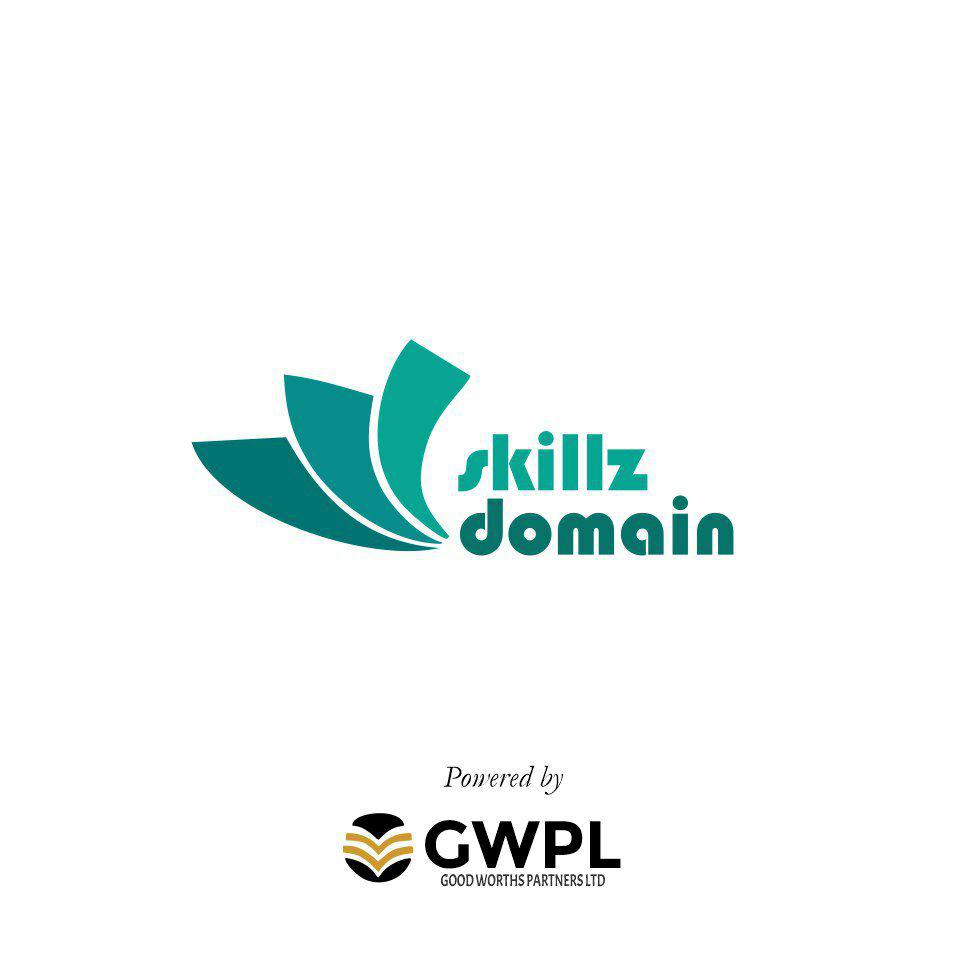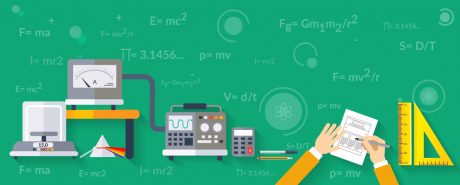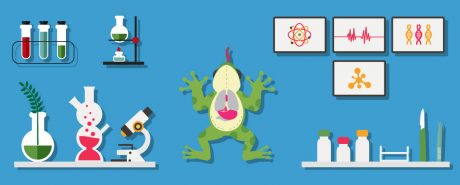Passing your Chemistry A Level can lead not just to higher education, but ultimately all kinds of exciting and rewarding career possibilities in science, teaching, engineering and other professional roles where a proven academic track record is required.
| Course Code |
|---|
| SDEC112209 |
| Type |
| Online Course |
| Course Access |
| 1 Year |
| Exams Included |
|---|
| No |
| Tutor Available |
| Yes |
| Recognised By |
| Pearson Edexcel QCF |
System requirement
| Processor |
|---|
| 1 gigahertz (GHz) |
| RAM |
| 1 GB |
| Operating Systems |
| Windows 7 Windows 8 Mac OS |
| Browsers |
| Internet Explorer 8 or above Google Chrome Safari 6 or above Mozilla Firefox |
Compatibility
Windows, Mac
Who is the Course For?
This great-value online course is perfect for anyone who is at GCSE level and wants to embark on their Chemistry A Level but is looking for an alternative to full or part-time college-based study. Online learning doesn’t just represent good value, it also provides the ideal solution for people who need to fit their study around their existing commitments.
What Will I Learn?
The course is designed to take you through the AS and A2 Level Chemistry syllabus via detailed lessons that you can progress through at your own pace. Interactive experiments are also included in the course content, meaning your learning is practical as well as theoretical. Your practical expertise involves posing scientific questions, investigating them through experimental activities and communicating findings through the use of appropriate terminology and ICT. By the end of the course, you will be confident demonstrating and applying the knowledge, understanding and skills covered in the modules.
Edexcel, BTEC and LCCI qualifications
The course is delivered in accordance to Edexcel guidelines. Edexcel, BTEC and LCCI qualifications are awarded by Pearson, the UK’s largest awarding body offering academic and vocational qualifications that are globally recognised and benchmarked.
Chemistry
Students will be expected to demonstrate and apply the knowledge, understanding and skills described in the content. In addition, they will be expected to analyse, interpret and evaluate a range of scientific information, ideas and evidence using their knowledge, understanding and skills. To demonstrate their knowledge, students should be able to undertake a range of activities, including the ability to recall, describe and define, as appropriate. To demonstrate their understanding, students should be able to explain ideas and to use their knowledge to apply, analyse, interpret and evaluate, as appropriate. Core practicals will be assessed through examination.
How AS and A level Chemistry is assessed
AS Paper 1
- Atomic structure and the periodic table
- Bonding and structure
- Redox I
- Inorganic chemistry and the periodic table
- Formulae, equations and amounts of substance
- Experimental methods (including questions on core practicals)
AS Paper2
- Formulae, equations and amounts of substance
- Bonding and structure
- Organic chemistry I
- Modern analytical techniques I
- Energetics I
- Kinetics I
- Equilibrium I
- Experimental methods (including questions on core practicals)
A Level paper 1
- Equilibrium II
- Acid-base equilibria
- Energetics II
- Redox II
- Transition metals
- Some AS content
A Level paper 2
- Equilibrium II
- Acid-base equilibria
- Energetics II
- Redox II
- Transition metals
- Some AS content
A level paper 3
- General paper assessing across the AS and A level qualifications
- Experimental methods (including questions on core practicals)
Practical assessment
- There are 16 core practicals that cover all of the 12 techniques required for the practical competency measure.
- Knowledge of core practical can be tested within exam papers.
- Core practicals form part of the practical competency assessment.
Assessments
Examinations can be booked through Pearson and consist of:
(AS Both papers include assessment of maths and practical skills)
Two examinations that are 90 minutes each and carry 50% of the grade weighting per paper, both having a maximum of 80 marks.
A levels (All papers include assessment of maths, paper 3 includes assessment of practical skills)
Paper 1 and 2 are one hour and 45 minutes each, carrying 30% of the grade weighting per paper and are worth a maximum of 90 marks each. Paper 3 is two hours and 30 minutes, carries 40% of overall grade weighting and is worth up to 120 marks.
When students are ready to book their exams they need to get in direct contact with their tutor who will assist and guide them in the booking process.
KEY LEARNING POINTS
Work through the modules to get exam ready.
AS Level Chemistry
- Learn about atoms, compounds, empirical formula, molecular formula, ionic equations, equations, formulae and molecular equations, amounts of substances, relative atomic mass, concentrations of solutions, molar solutions, preparation of a standard solution, simple volumetric calculations, dilution, water of crystallisation, reacting masses from equations, calculation of reacting masses, gas volumes from equations, percentage yields and atom economies, and yield calculations.
- Continue your learning with modules covering Avogadro and the mole, moles, enthalpy changes, Hess’s law, specific heat capacity, average bond enthalpies, mass spectrometer, principles of max spectrometry, relative atomic mass from mass spectrometry, ionisation energy, orbitals, periodic properties, ionic bonding, Born-Haber cycles, covalent bonding, metallic bonding, organic chemistry, hazard and risk, reactions of alkanes and alkenes and E-Z isomerism.
- The above content also includes five experiments on determining the empirical formula of hydrated copper sulphate, acid base titration, calculating the enthalpy change of a reaction, using Hess’s law and testing for alkenes.
- Explore valence shell electron pair repulsion theory, carbon allotropes, electronegativity and polar bonds, intermolecular forces, solubility, redox, group 2, group 7 – the halogens, qualitative analysis of anions and cations, kinetics, dynamic equilibrium, alcohols, halogenoalkanes, mechanisms, mass spectra, flame tests, infra-red spectroscopy and green chemistry.
- The lessons above also incorporate experiments on flame tests, qualitative analysis of anions and cations, determining the effect of temperature on the rate of a reaction and testing for the presence of the OH group.
Laboratory Skills 1
- After the introduction move on to qualitative analysis, flame tests, specific experiments, accuracy of equipment, % error of apparatus, useful links, answering questions, simulations, iodine/thiosulphate titration and the reactivity series.
A2 Chemistry
- Learn about rate of reaction, rate equation, order of reaction, the rate constant, experimental techniques used to collect raw data to calculate rate, experimental procedures for collecting rate data, interpreting results from rate experiments, calculating rate and order from experimental data, activation energy, the rate determining step and reaction mechanisms, entropy, enthalpy, spontaneous reactions, entropy change, entropy and enthalpy of solution, types of equilibria, equilibrium constants and Kc and Kp.
- Also included in the material above are test questions and experiments on determining the effect of concentration on a reaction and calculating the order of reaction and determining the enthalpy of solution of ionic compounds.
- Move on to entropy and equilibrium constants, factors affecting the equilibrium constant and position of equilibrium, justifying conditions used in industrial processes, Bronsted-Lowry theory, pH and Kw, weak acids and bases and calculating Ka, titrations and indicators, buffers, buffer solutions in biological environments, chirality, optical isomerism and chirality, carbonyl compounds (aldehydes and ketones), carboxylic acids, carboxylic acid derivatives and spectroscopy and chromatography.
- The lessons above also include experiments on determining the value of Ka of a weak acid, investigating buffer solutions and aldehyde and ketone tests.
- Explore an introduction to redox chemistry, electrode potentials, redox titrations, hydrogen and alcohol fuel cells, transition metals, transition metal properties, chemistry of chromium and copper as typical transition metals and transition metals as catalysts.
- The above lessons also include test questions and experiments on determining and using standard electrode potentials, iron potassium manganate (VII) titration and Cu2+ ligand replacement.
- Find out about benzene, reactions of benzene, amines, amides and amino acids, reactions of aromatic nitro compounds, polyesters and polyamides, reactions of amino acids, organic synthesis 1, organic synthesis 2 and organic synthesis 3.
Laboratory Skills 2
- After the introduction learn about quantitative analysis, IR, mass or NMR spectroscopic data, specific experiments, common laboratory techniques, sources of error and general formula needed for calculations.
ADVANTAGES OF THIS COURSE
- Study at your own pace on all your devices, 24/7.
- Access to the course is for a full year on signing up, meaning you have plenty time to complete your studies.
- When you are ready to sit the exam, our tutors will help you arrange to do so at one of the many Pearson centres around the country (exam fee additional).
- Technical support is available, should you require it.
- Not only is online study a time-effective way to study, it can save you money too.
- Completing your AS Level Chemistry is a sound investment in your future both in terms of moving on to higher education and your future career.
Take your chemistry expertise to new levels by signing up for Chemistry A Level today.
Practical Work
Practical work is central to any study of chemistry. For this reason, the specification includes eight core practical activities which form a thread linking theoretical knowledge and understanding to practical scenarios. In following this thread, students will build on practical skills learned at GCSE, becoming confident practical chemists, handling apparatus competently and safely. Using a variety of apparatus and techniques, they should be able to design and carry out both the core practical activities and their own investigations, collecting data which can be analysed and used to draw valid conclusions. One important aspect of practical work is the ability to evaluate and manage potential risks. The variety of different practical techniques and scenarios in the core practical activities give students scope to consider risk management in different contexts. Students should also consider the ethical issues presented by their work which, in the laboratory, might include consideration for using minimum quantities of resources, such as through microscale procedures; the safe disposal of waste materials, especially from organic reactions; and appropriate consideration for other people involved in their own work or who is working nearby. Also central to the development of practical skills is the ability to communicate information and ideas through the use of appropriate terminology and ICT. Being able to communicate clearly the findings of practical work is arguably as important as the collection of accurate data. In carrying out practical activities, students will be expected to use their knowledge and understanding to pose scientific questions which can be investigated through experimental activities. Such activities will enable students to collect data, analyse it for correlations and causal relationships, and to develop solutions to the questions posed. Questions within written examination papers will aim to assess the knowledge and understanding that students gain while carrying out practical activities, within the context of the eight core practical activities, as well as in novel practical scenarios. The written papers will test the skills of students in planning practical work – both in familiar and unfamiliar applications – including risk management and the selection of apparatus, with reasons. As part of data handling, students will be expected to use significant figures appropriately, to process data and to plot graphs. In analysing outcomes and drawing valid conclusions, students should critically consider methods and data, including assessing measurement uncertainties and errors. Examination papers will also provide the opportunity for students to evaluate the wider role of the scientific community in validating new knowledge and the ways in which society as a whole uses science to inform decision making. Within this, they could be asked to consider the implications and applications of chemistry in terms of associated benefits and risks. Students may also be asked to evaluate methodology, evidence and data and resolve conflicting evidence. Success in questions that indirectly assess practical skills within written papers will come more naturally to those candidates who have a solid foundation of laboratory practice and who, having carried them out, have a thorough understanding of practical techniques. Therefore, where possible, teachers should consider adding additional experiments to the core practical activities. The eight core practicals will provide the basis from which some of the Paper 1 and Paper 2 examination questions will be drawn.
Practical Skill Assessments
-
- Core practical 1: Measure the molar volume of a gas
- Core practical 2: Prepare a standard solution from a solid acid and use it to find the
concentration of a solution of sodium hydroxide
- Core practical 3: Find the concentration of a solution of hydrochloric acid
- Core practical 4: Investigation of the rate of hydrolysis of some halogenalkanes
- Core practical 5: The oxidation of ethanol
- Core practical 6: Chlorination of 2-methylpropan-2-ol using concentrated hydrochloric acid
- Core practical 7: Analysis of some inorganic and organic unknowns
- Core practical 8: To determine the enthalpy change of a reaction using Hess’s law
- Core practical 9: Finding the Ka value for a weak acid
- Core practical 10: Investigating some electrochemical cells
- Core practical 11: Redox titration
- Core practical 12: The preparation of a transition metal complex
- Core practical 13a and 13b: Rates of reaction
- Core practical 14: Finding the activation energy of a reaction
- Core practical 15: Analysis of some inorganic and organic unknowns
- Core practical 16: The preparation of aspirin
Course Reviews
No Reviews found for this course.





